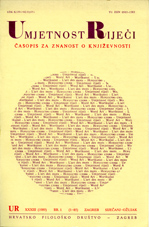
The complex relationship between hypotheses and the infinite number of possible well-argued antitheses characterizes the efforts towards »educational« definitions of literature in cognitive terms (Wellek-Warren, Škreb, Girardi). In this sphere oral, documentary and trivial literature deserve special attention. But the tone of modern creative literature is determined by the avant-garde, highlighting their working programme by means of radical pragmatism (Lucini, Sanguineti), or in an utopian way, indudingcognition (Gramsci, Savinio), today even in scholarly circles (Segre). Typological co-existence, i. e. chronological alternation (or »tension«) between the two tendencies - cognitive and dynamic - are taken into consideration only by few global syntheses (Vittorini and, as his critic, Calvino). Unlike ancient and medieval authorities (e. g. Dante's threats to the unprepared reader), the awareness of reception has been shaping ever since Romanticism (e. g. between Leopardi and Jauss). The surprising wealth of negative impacts of literature (Dante's Francesca, Don Quixote, Madame Bovary, Calvino's Adventure of a Reader) is successfully resisted by the etymologies of all encompassing titles (ever since the Bible), as well as by the cosmic-anthropological apology of the book (again Dante, Galilei, Casanova, Mallarmé). The additional experiment of the novel, or of the anti-novel, about reading, does not belong exclusively to contemporary literature (e. g. in his If Some Traveller on a Winter Night Calvino actually repeats Bontempelli's Intensive Life). The what is complemented by how to read (by means of appropriate examples from Vico, Pirandello, and others, to the claims by A. B. Šimić, Barthes, and Todorov), and - in conclusion - (in an imaginary dialogue with Eco, Bigongiari and Block de Behar) the two-way communication between activating the »Loneliness« of the text and its »ghostly« reception, dramatized by the dilemma of either writing or reading, where the critic as an occasional reader sets in motion (even if within literature) the methodology of the proposed problems: by means of recovered unpredictable historicity.
More...Keywords: Croatia; photography; photo library; cultural heritage
In this work we can find out more about the meaning of cultural heritage and photography, developing of photography from the very begining up to present days, as well as arising of specialised Photo Library for documenting cultural heritage in Republic of Croatia, which acts in order to ponder and protect cultural heritage and can be taken as an example of national photographical heritage. All important information related to photography in archive collections are mentioned in the last part of these work. Because the treatment of photography has to be in compliance with it´s historical and artistical value. All opposite to that can take us to it’s destruction. By appearrance of photography one kind of cultural revolution happened. Just photography enable us to get different dimension of people´s life testimony. According to these, the new dimension of cultural heritage is discovered, which has tremendously importance for each nation. Our country has unique cultural heritage, thanks to it‘s history. That potential has to be valuated as much as we can, and photography is an ideal media for it.
More...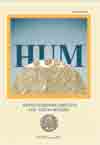
Keywords: Andric; lyrics; prose; poetry; early period; contemplative
With poems written in verse and prose in the early period, starting from the first poem “At Twilight”, (1911) to Ex Ponto (1918) and Unrest, (1920), his books of lyrics in prose, Andric tackled almost all styles before the First World War, in the war and post-war period but he was not seized by any school completely: there is influence of impressionistic, especially Matos’s “Grič school” or Parnassian-symbolist influence, then influences of neosymbolism, simultaneism and especially expressionistic poetics.
More...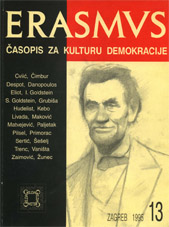
VESELKO KOROMAN: Hrvatska proza Bosne i Hercegovine od Matije Divkovića do danas, Mostar - Split - Međugorje 1995., 615 str.
More...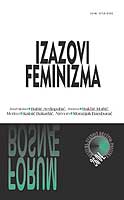
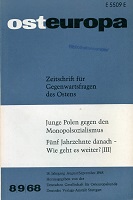
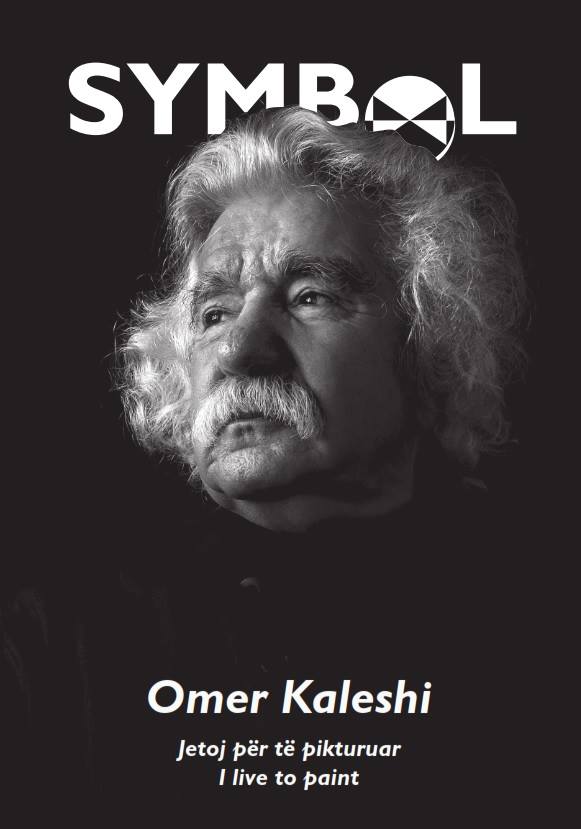
Keywords: shrine; vizier; saffron; dirham; location; castle; mosque
Albanian Koca Sinan Pasha (Turkish: Koca Sinan Paşa, “Sinan the Great”; 1506–3 April 1596) was an Ottoman grand vizier, Ottoman military figure, and statesman. From 1580 till his death he served five times as Grand Vizier. Sinan Pasha was appointed governor of Ottoman Egypt in 1569, and was subsequently involved until 1571 in the conquest of Yemen, becoming known as Fātiḥ-i Yemen (“Victor of Yemen”). He was also the founder of Kaçanik (Kosovo), where he invested so much from his devotional wealth. Sinan Pasha had done many buildings and architectural monuments from Cairo to Istanbul, but Kaçanik can be called his true love, because he chooses this small city to accommodate and entice his relatives. Surely, in this place he felt at home. It seems that only this way can be explained why his successor, son Mehmed Pasha, is nicknamed “Kaçanikli”.
More...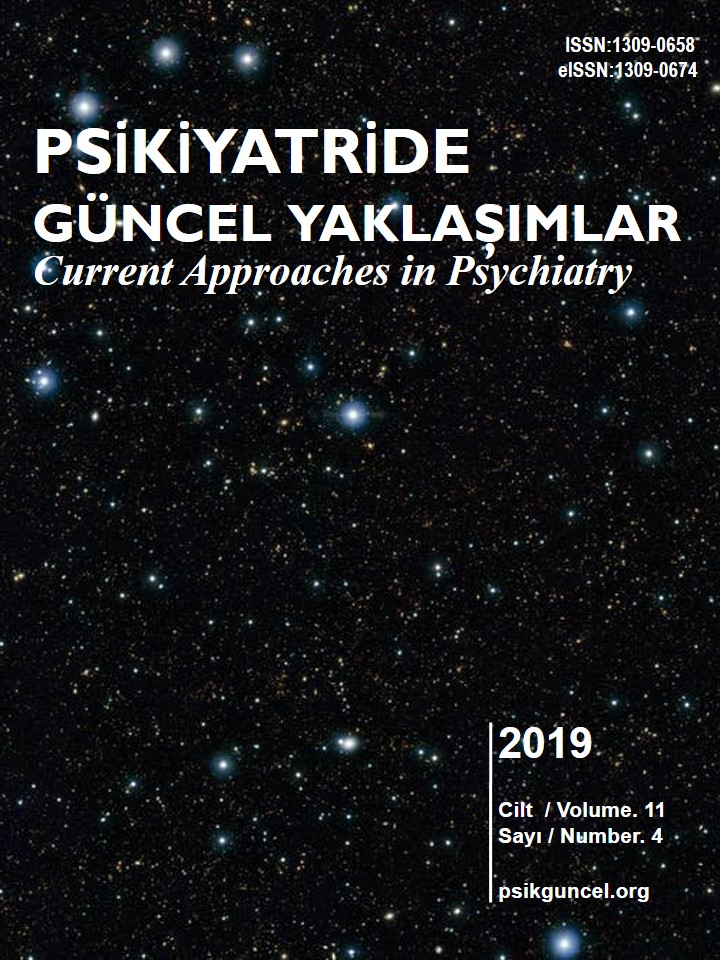
Keywords: stroke; clinical assessment; treatment; neuropsychiatry;
Stroke is the most frequent and significant reason of disability in society. The underlying basic pathophysiological mechanisms of stroke are infarct and hemorrhage. A total of 20% patients that had a stroke became dependent. Dementia, depression, anxiety disorder, mania, psychosis, pathological emotions, apathy and catastrophic reactions constitute challenging clinical presentations that occur after stroke. In this review, current data about epidemiology, etiology, clinic and treatment of psychopathologies that occur in poststroke period will be discussed.
More...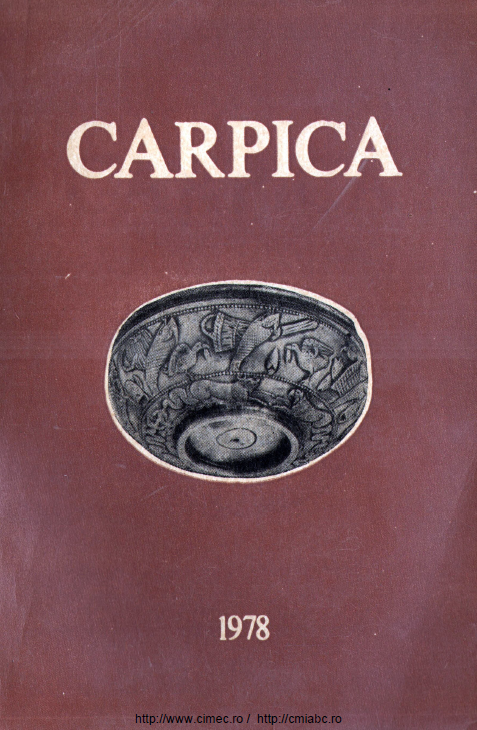
Keywords: Roman Pottery; Muncelul de Sus(Iași);
The article presents the roman vessel hoard discovered at Muncelul de Sus (Mogoșești-Siret commune, Iași County).The hoard was discovered in 1972 and was composed of seven silver vessels, out of which only six were recovered.
More...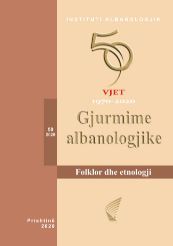
Keywords: culture; tradition; traditional dress; Dukagjini; dress e Reka; katun clothes; chika ears; brides ears;
In this paper we have analyzed this traditional costume in several aspects. Initially we dwelled on the relevance of costume which does not serve only to cover the body but also represents both, intangible and tangible folk heritage. Then we continued with geographical extent of its use; we described types of fabric materials, their coloring, way of working, decorations, categorization by age (girls, bride and old woman), highlighting all parts of costumes that make the difference of age. Next we explained what parts in its structure could be considered as genuine preservation of traditional costume and what are the changes it gained over time; it is shown that the in which it is now worn are: family joys such as wedding or similar and/or folk manifestations and festivals. The research was based on a rich scientific literature, as there are many scholars who have studied traditional Albanian costumes, such as: Andromaqi Gjergji, Rrok Zojzi, Aferdita Onuzi, Agim Bido, Ukë Xhemaj, Drita Halimi Statovci, Bashkim Lajçi, as well as on interviews with women who have made and worn this dress, those who continue to make them, and those who continue to wear them occasionally. The work is also illustrated with photographs.
More...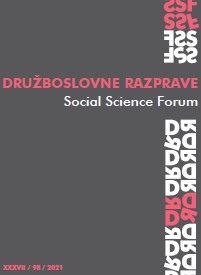
Keywords: political populism; media populism; migration; television shows; political interview;
The goal of the article is to analyse populism as a style of communication. By adopting the visual interaction method in empirical analysis, the authors examine the specificities of the populist communication reproduced by journalists and politicians in news interviews on the topic of migration in the television shows Odmevi and 24UR ZVEČER. At the level of populism through the media, the authors argue that the discourse of politicians was primarily focused on generating and reinforcing fear of the Other. The discourse of the interviewees from the political field also underlined the protection of the Slovenian border, while the visual representation of the people as a homogenous national community followed as a visual element alongside graphic presentations in the studios of the analysed shows. Populism by the media as the reproduction of populist rhetoric and an expressive style is to be comprehended by analysing the role of journalists as tribunes of the people working for and on behalf of the people.
More...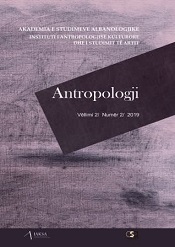
Keywords: Museum; communism; memory; memory politics; Shkodra;
The museum of memory contours a new shape of memory and a new form of the museums in Albania. Although, in Southern Europe, this kind of museum is widely spread, there are very few museums in Albania dedicated to the Communist period. This article focuses on why and how the societies agree with the past and the violence through the creation of the museum of memory as a new form of the memorial museum. It is investigated not only the features of communism through the present museum but thoroughly the overall practices of the process of memory within a museum. The Museum of Memory, in Shkodra, northern Albania, is taken as a case study. It is investigated its alterations through years starting as a cultural and education center during 1930-1946, later in 1946 - 1992 used as a political prison and then transformed into a memory museum (2014) to commemorate the crimes of communism and make them known to the public.
More...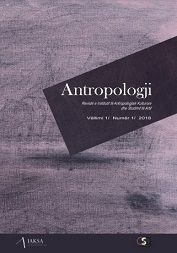
Keywords: Albanian mythology; cosmomorphic processes; Albanian socialist ethnography; cultural residues; anti-religious politics; scientific atheism;
The anti-religious policy of the Albanian totalitarian state recognizes three phases. If the first phase was determined by a surplus of State violence and its mechanisms of terror and the second phase by delegitimizing policies of the religious institutions and clergy, in the third phase, State’s anti-religious policies were installed on a disciplinary level through the method of scientific atheism, aiming at scientific liquidation of the religious spectrum in Albania. During the dictatorial period, especially after 1967, Albanian socialist ethnography has contributed to the profanation of the Albanian mythological configurations, rites and practices, by serving the Albanian State’s atheistic programmatic, which aims at creating the one-world man.
More...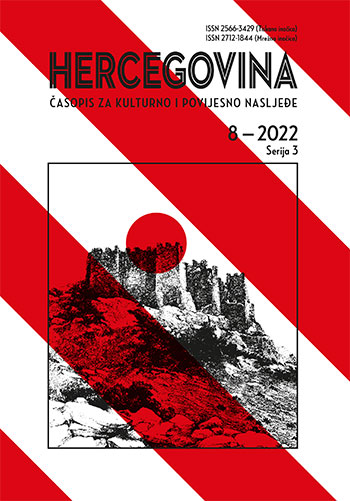
Keywords: postage stamps; philately; medieval motifs; culture of remembrance; history;
The authors analyze the role of postage stamps with medieval motifs in the culture of collective remembrance. The analysis encompasses stamps which were issued by Croatian Post Mostar (HP Mostar) in the period from 1993 to the end of 2021. Of a total of 590 postage stamps issued by HP Mostar (both regular and occasional), 32 contained medieval motifs or titles. The paper does not devote attention to analyzing the graphic representations on the stamps or the ideal solutions of the depicted motifs, but concerns itself with the importance of the motif (person, place, event, monument and the like) for the collective identity of the community.
More...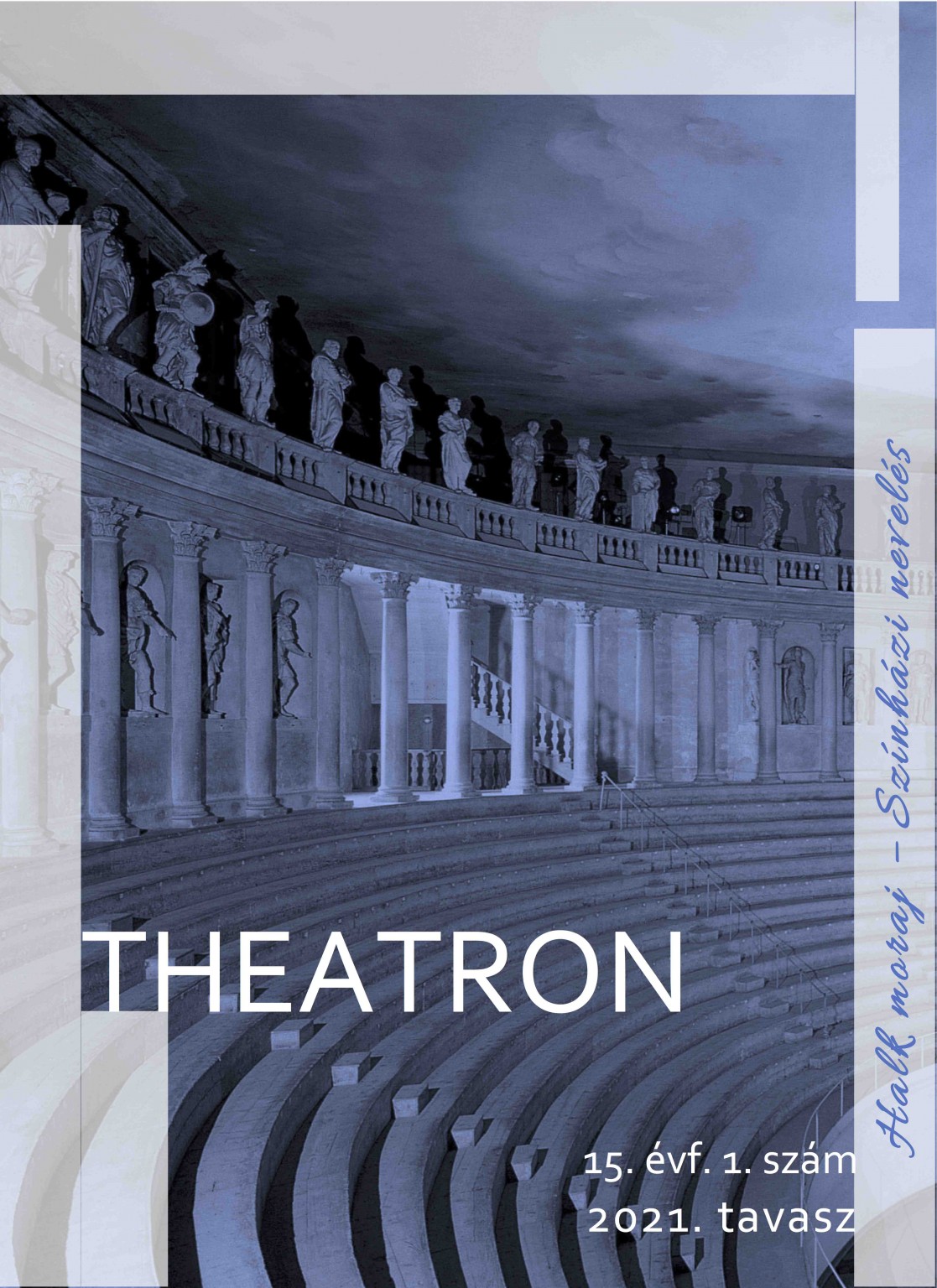
With the term dispositif this essay focuses primarily on those elements and practices of the performing arts that G. Agamben once defined as the “ungouvernable of any kind of politics”. As “ungovernable” they may be returned to general usage. For Müller Schöll the figure of the harlequin represents the ungovernable or unruly. The harlequin was the central character that single handed disturbed the disciplinary process the theatre underwent during the 18th century. His act also invites us to re-evaluate the so-called performative turn of the 1960s.
More...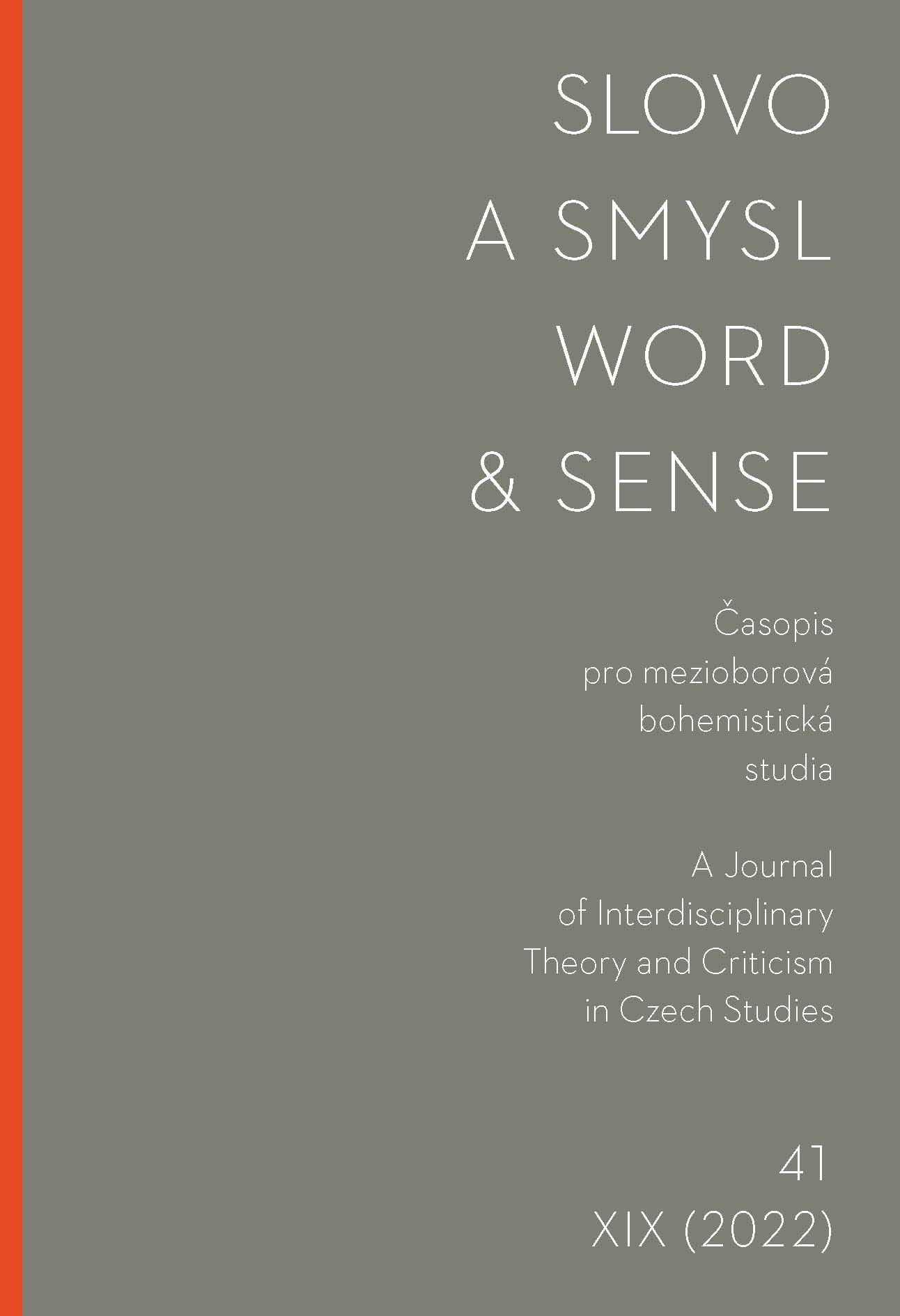
Keywords: representation; chaos; Body without Organs; Gilles Deleuze; Félix Guattari; Antonin Artaud; Jacques Derrida; Jeffrey A. Bell
The aim of this study is to examine the concept of thinking as it appears in the works of the French post-structuralist philosopher Gilles Deleuze (including texts co-authored with Félix Guattari). More narrowly, the article focuses on the ways in which these authors draw inspiration for their definition of thinking from the works of French poet and playwright Antonin Artaud, and formulates a thesis in close connection to works by contemporary philosopher Jeffrey A. Bell. Bell, who also focuses on Deleuze’s notion of thinking, defines the dynamics of Deleuze’s thought through the concept of the ‘dynamic system’, referring to a form of conceptual consistency that, on the one hand, does not consist in stable identifications, or representation, yet does not, on the other, fall into pure indiscernibility, or chaos. Against the background of relevant discussions by the authors in question — Deleuze, Guattari, Artaud, and Bell — the study aims to conceptualise literary language as a structure that unfolds in space, and that can be understood as a fluid field between representation and chaos. The study also includes critical reflection on a similar idea by Jacques Derrida.
More...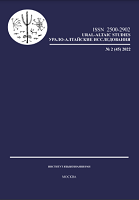
Keywords: conditional converb; conditional constructions; Enets; clause integration; grammaticalization;
This corpus-based study examines the functions of the conditional converb in Forest Enets and investigates the differences in its use between two generations of Enets speakers. In line with the previous descriptions, independent clauses with conditional converbs are used as self-addressed questions (yes/no, special, and alternative questions). The conditional converb of the verb ɛ ‘be’ when used with numerals is developing into a marker of approximation. Dependent clauses with conditional converbs include protases of conditional and concessive conditional constructions as well as complement clauses. This study discusses the diachronic relation between independent clauses with conditional converbs and the protasis of conditional constructions and concludes that either of the two directions of development is possible. Complement clauses with conditional converbs include, first, irrealis complements to negative propositional attitude predicates (dʲɔxara ‘not know’, dʲurta ‘forget’), which, showing signs of relatively recent grammaticalization, have hitherto received scant attention by scholars, and, second, sentential subjects in modal constructions with such predicates as sɔjza ‘good’, bɔɔ ‘bad’ etc. To compare the use of the Enets conditional converb across types of clauses and generations of speakers, this paper analyses the occurrence of the future tense marker on the converb, the order of clauses in multi-clause constructions, the range of verbs in the main and in the dependent clauses. Many of these parameters can be interpreted as the signs of the growing level of clause integration in the process of grammaticalization of polypredicative constructions.
More...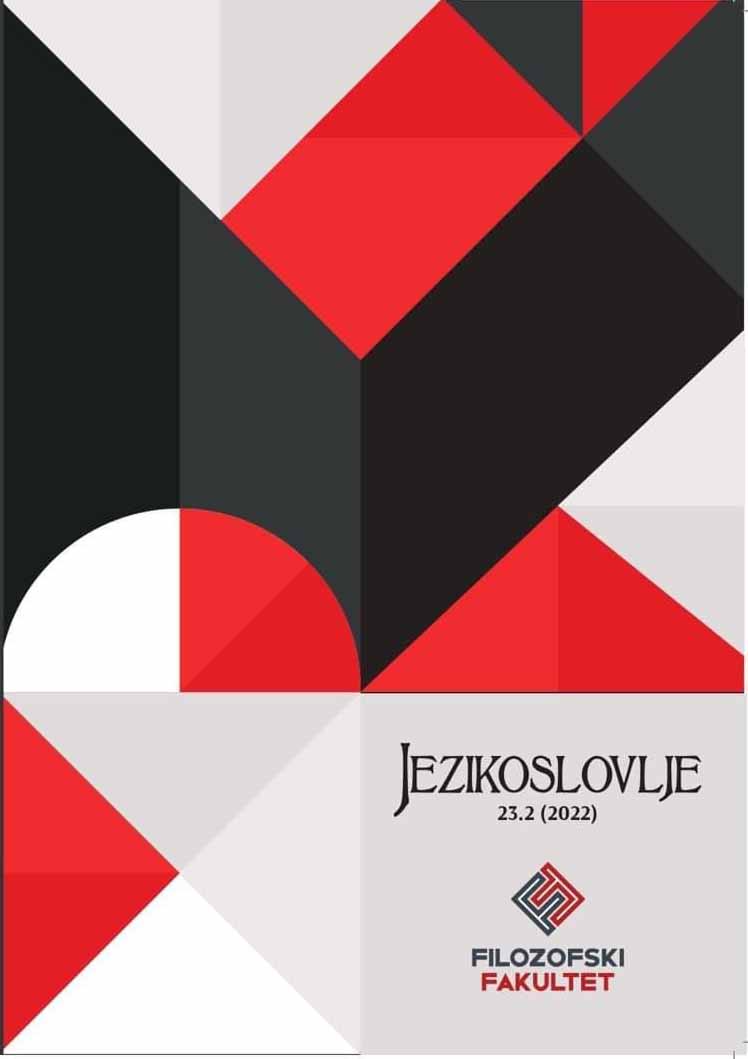
Keywords: adversative clauses; adversative text connectors; gradation clauses; Croatian Church Slavonic; Croato-Glagolitic texts;
The paper presents and analyses adversative clauses in the Croatian Church Slavonic language. The Croatian Church Slavonic inventory of adversative conjunctions is determined in comparison with the following Latin conjunctions, adverbs, and text connectors which may have adversative meanings: sed / set, verum, vero, at, at enim, autem, atqui, quod si, et, -que, atque (ac), tamen, attamen, sed tamen, verum tamen, nihilominus, at vero, enimvero, ceterum, atquin based on the corpus for the Dictionary of the Croatian Redaction of Church Slavonic and complete transliterations of Beram breviaries and missals available at beram.stin.hr. The conjunctions which introduce substitution and modification clauses are determined, and the relationship between conjunction and negation is analysed. The position of the conjunction in Old Church Slavonic is compared to the position of the conjunction in the protograph. The occurrence of conjunctions in gradation structures is also analysed. The use of those conjunctions in Croatian Church Slavonic is compared to their equivalents in classical Latin and Latin protographs of translated Croatian Church Slavonic texts. The findings are also compared to Old Church Slavonic and modern Croatian.
More...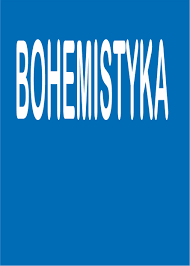
Keywords: Czech literary criticism of the turn of the 19th and the 20th century;F. X. Šalda;idea of unity and integration;idea of cultural organism;idea of creative efforts of life
The study is focused on a significant feature of critical and art work of František Xaver Šalda, which was the idea of unity and integration, the idea of cultural organism, formed by ripening of the European spirit, understanding the art as an aesthetic incarnation of spirituality, the idea of creative efforts of life as the basic orientation of art and the idea of freedom of the art individuality, understood in the integral sense of the word and embodying a higher form of life. It was Šalda who opened the way to relating of art and life, the way to deeper understanding of art creation and its final settling into a broader meaning complex. According to Šalda, the creative life became a basic criterion for searching of sense of art work. The meaning of art and art criticism lies in their possibilities to bring life to self-awareness, self-understanding. According to Šalda the art is seen as a concentrated, multiplied, and increased demonstration of life, through its means we can finally learn about its motion and creative direction.
More...